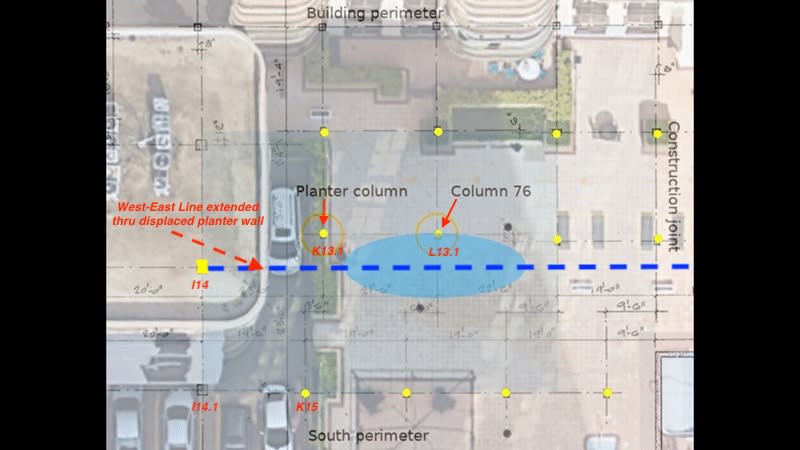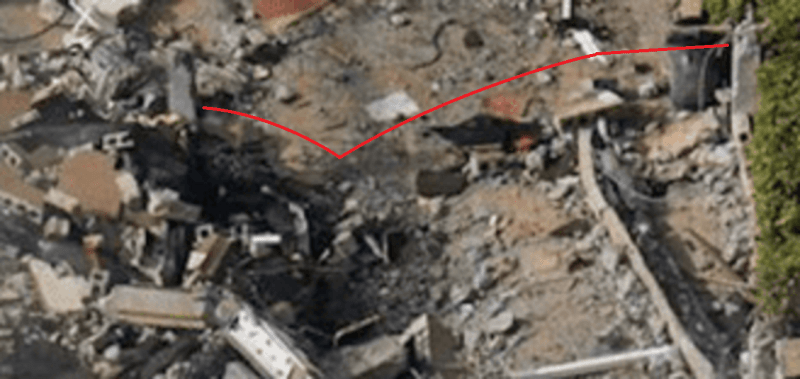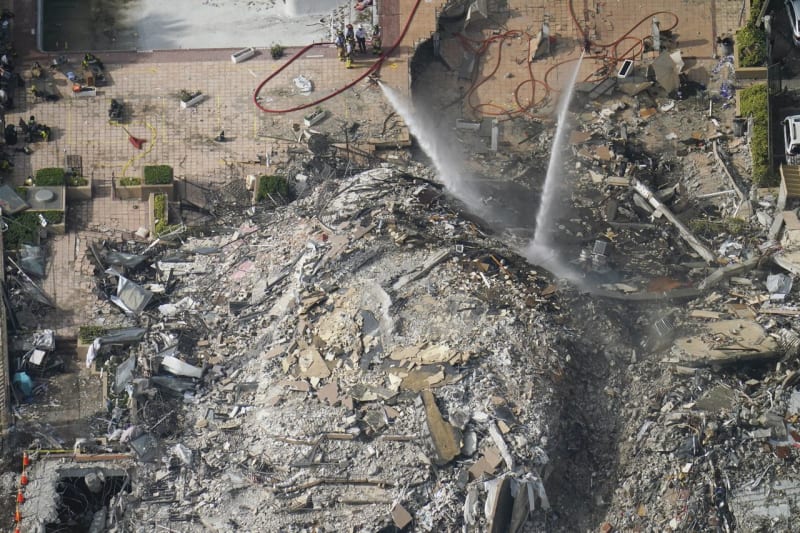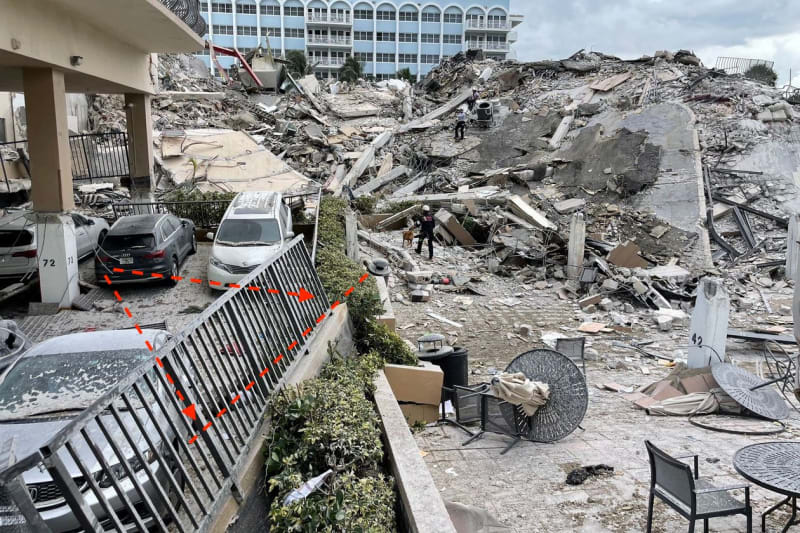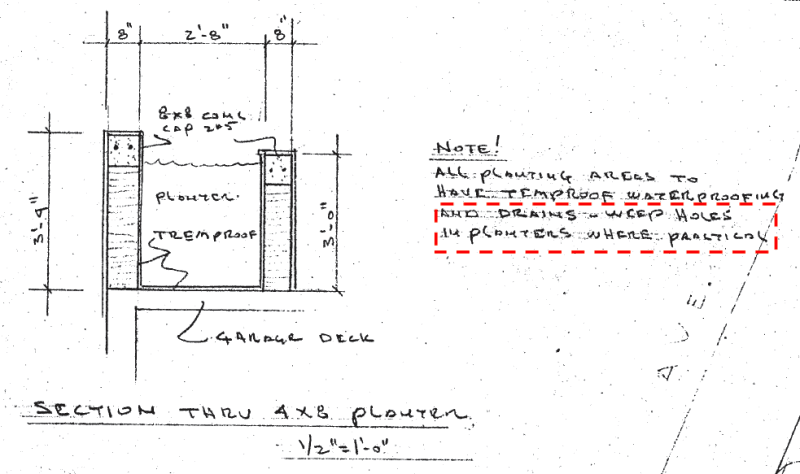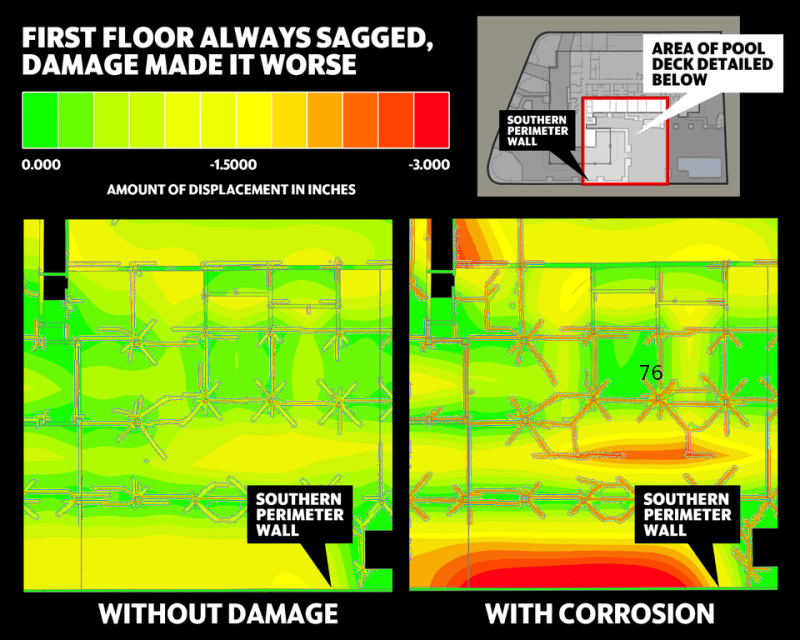thread815-484587
thread815-484717
thread815-484915
thread815-485059
thread815-485171
thread815-485223
thread815-485379
thread815-485535
thread815-485637
thread815-485844
thread815-486084
thread815-486593
thread815-487022
thread815-488247
thread815-489644
Rather than think climate change and the corona virus as science, think of it as the wrath of God. Feel any better?
-Dik
thread815-484717
thread815-484915
thread815-485059
thread815-485171
thread815-485223
thread815-485379
thread815-485535
thread815-485637
thread815-485844
thread815-486084
thread815-486593
thread815-487022
thread815-488247
thread815-489644
Rather than think climate change and the corona virus as science, think of it as the wrath of God. Feel any better?
-Dik

